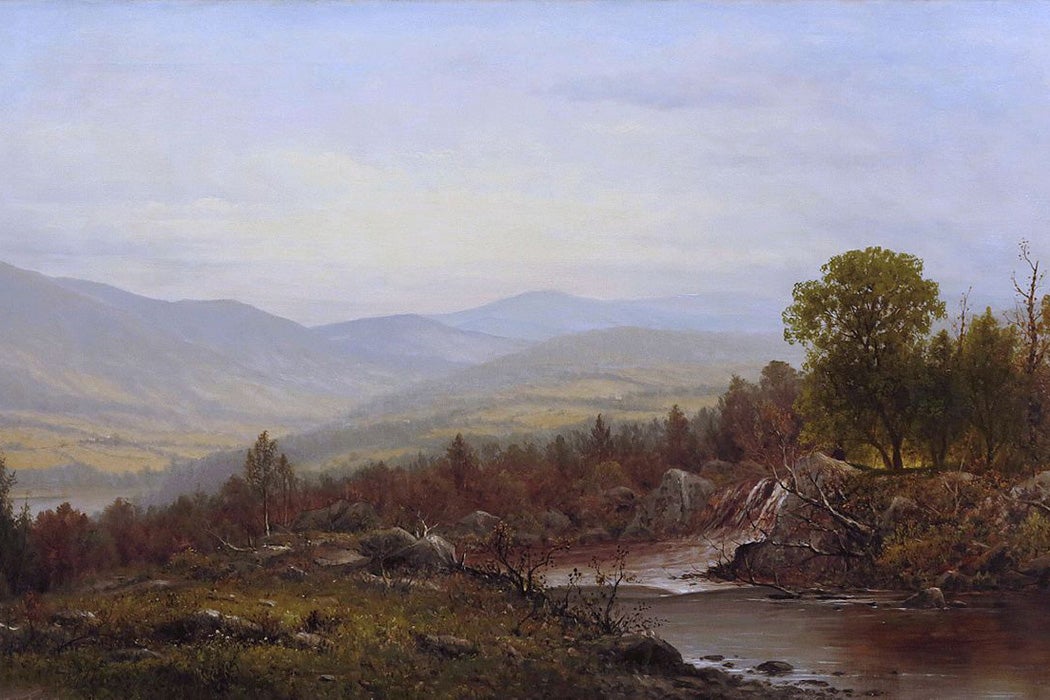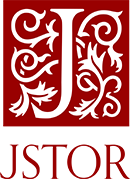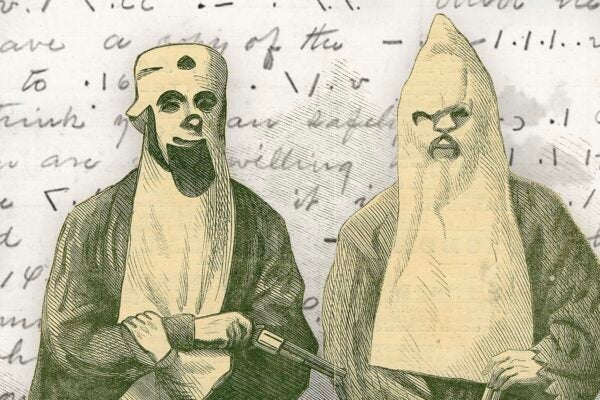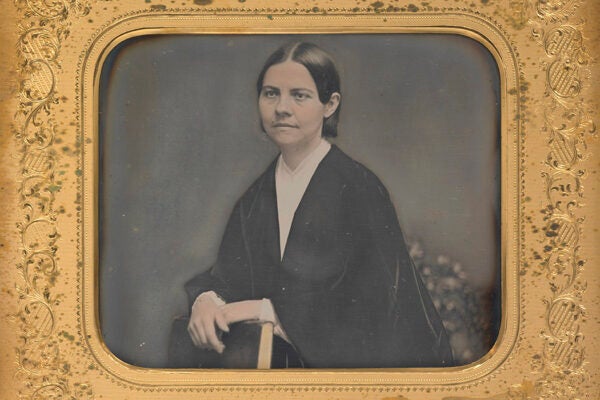The cultural go-between in colonial settings is an important role for historians researching the power dynamics between different societies and individuals. In early America, there was a need for individuals who could not only serve as intermediaries between European and Indigenous groups, but between different languages—European and Native languages. One woman who filled this role in the early eighteenth century was known as Madame Montour, a uniquely talented interpreter living and working across the Great Lakes region. But her identity and life have been the subject of some debate, including in the archival collections at JSTOR.
In 1879, John G. Freeze alluded to writers who asserted that “Madame Montour is…alleged to have been the daughter of one of the French Governors of Canada, and to have been a lady in manners, style, and education. That she mingled in the best society of Philadelphia, and possessed great attractions of mind and person.” But Freeze doubted that assertion, arguing that
when we remember that she had a sister married to a brave of the Miamis, and was herself twice married to Indians of the Five Nations, it is more than likely that her claims to beauty, education, and refinement were not so positive as her admirers have asserted, yet, perhaps, they were far in advance of her husbands’ and her swarthy companions.
The essay bears the bigotry of the late nineteenth century, with its combination of speculation and condescension. Nearly eighty years later, Montour was still being mythologized in the same way. In 1955, George G. Struble described her as “Madame Montour, White Queen of the Iroquois.” In his narrative, Montour was a woman of French ancestry who was born in the 1680s in Canada. As an adult, she served as an interpreter thanks to language skills she had acquired after being kidnapped by Indians in childhood.
“It is tantalizing to have so many solid facts about Madame Montour,” Struble writes, “and yet be so much in the dark about some of the most elementary things. We don’t even know her first name. But whatever conjectures may be fabricated about her, there is no doubt about the impression she and her able son made on contemporary history.”
Struble’s work is also full of cringingly dated language (“dusky captors”), and by the time of his writing, the mysterious Madame Montour fit neatly into the kind of fantasy narrative of whites “going native.” Of course, Montour would be elevated to royalty among the Indigenous people. In the mid-twentieth century, “White King of the Natives” stories were still a genre, one that had been going strong since the late nineteenth century.
Finally, in 2000, historian Alison Duncan Hirsch attempted to figure out the real story of Madame Montour, drawing on the various threads of archival evidence. From what we know, she writes, she spoke both French and English, and apparently several Indian languages. When asked about her past by the European men, she gave “various answers” to their questions.
“In New York, she was the daughter of a French gentleman and an Indian mother; in Pennsylvania, she was a French woman who lived among the Indians because they had kidnapped her as a child,” Hirsch writes. The tangled skein of stories—both those created by Montour herself and by historians later—was difficult to sort out.
“Her first name was Madeleine or Catherine, Élisabeth or Isabelle,” Hirsch writes. “Montour was her surname by birth. No, her surname came from her marriage to a Seneca named Roland Montour. No, she was married to Louis Montour. No, Louis was her father. No, her brother. Even the major reference works contradict each other.”
Hirsch has pinned her down somewhat: a girl born in New France, to a French father and an Algonquin mother. Her father was an interpreter and trader, as her brother, who called himself Louis Montour, would later become. Louis was a guide and interpreter for Great Lakes Indians coming to Albany. After he was killed, they turned to his sister to take over—rather out of necessity, as her combination of language skills was rare. As Hirsch notes, Montour “was probably the only person available who understood both English and Ojibway.”
This transition into a role similar to those of her father and brother, turned into an abstraction, such that
[t]he name “Montour” no longer represents a single individual but rather the embodiment of a type of person, an interpreter or go-between from this family, just as natives called colonial governors by the name of the first governor they met: Onontio in New France, Corlaer in New York, and Onas or Miquon in Pennsylvania.
Later, for audiences in Pennsylvania, she created an origin story of being born French and abducted by Indians in childhood to explain her linguistic skills and Indian way of life. This may have been more palatable to her listeners and fit more comfortably with the “captivity narratives” with which they would have been familiar. Claiming fully European heritage may also have made her seem more trustworthy to whites.
Weekly Newsletter
But her in-between status was not just between the British and the Indians. In doing a “man’s job,” Montour was unusual, and she moved in and out of gendered norms. Her status as “interpretress” may have benefited her husband, the Oneida war captain, Carandowana, as well. As Hirsch writes,
A scarlet uniform and all the accoutrements were issued to “Madam Muntoers husband” along with the Dutch officers of the [N]ative troops and official interpreters: Peter and John Schuyler, Lawrence Claessen, and Jan Baptist van Eps. Since there would have been no suitable uniform for her, the British solution was to issue Carandowana a uniform to signify his wife’s status as official interpretress as well as his own status as a captain of the Iroquois.
So even at the time, her identity was partly occluded by that of her husband. Small wonder that’s it difficult to recover the details more than 350 years later. As Hirsch concludes,
Montour’s life suggests that we need to look more closely for women on many early American frontiers. She was sometimes an official participant in diplomacy, but more often an unofficial one, interpreting and providing information privately to colonial leaders. By the very nature of the work, good interpretation is transparent, and good interpreters are invisible, allowing the original speakers and their words to take center stage.
This invisibility, combined with the gender norms of time, created the sometimes gaping openings in Montour’s life narrative, many of which have been filled with romantic—and gendered—colonial myths and dreams.







